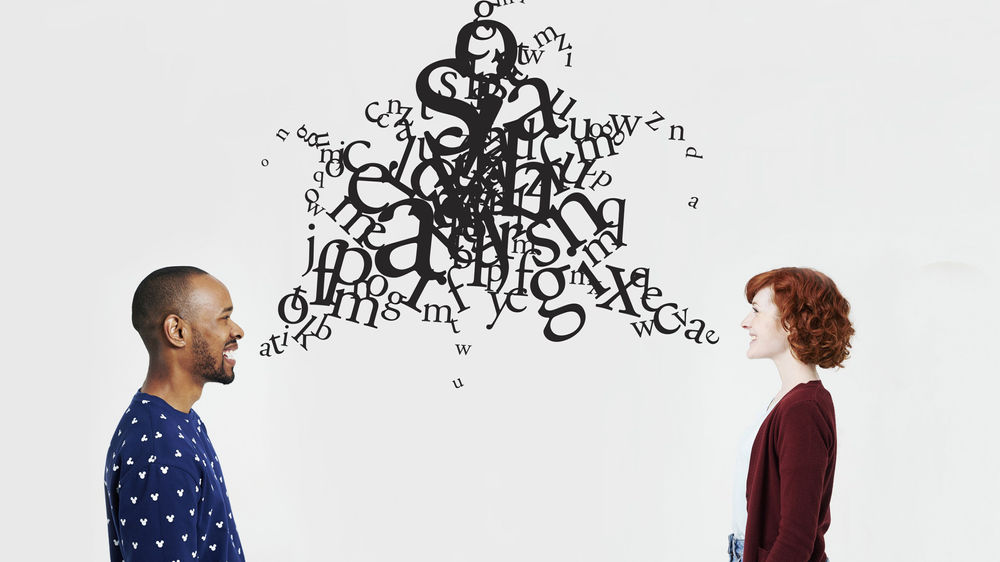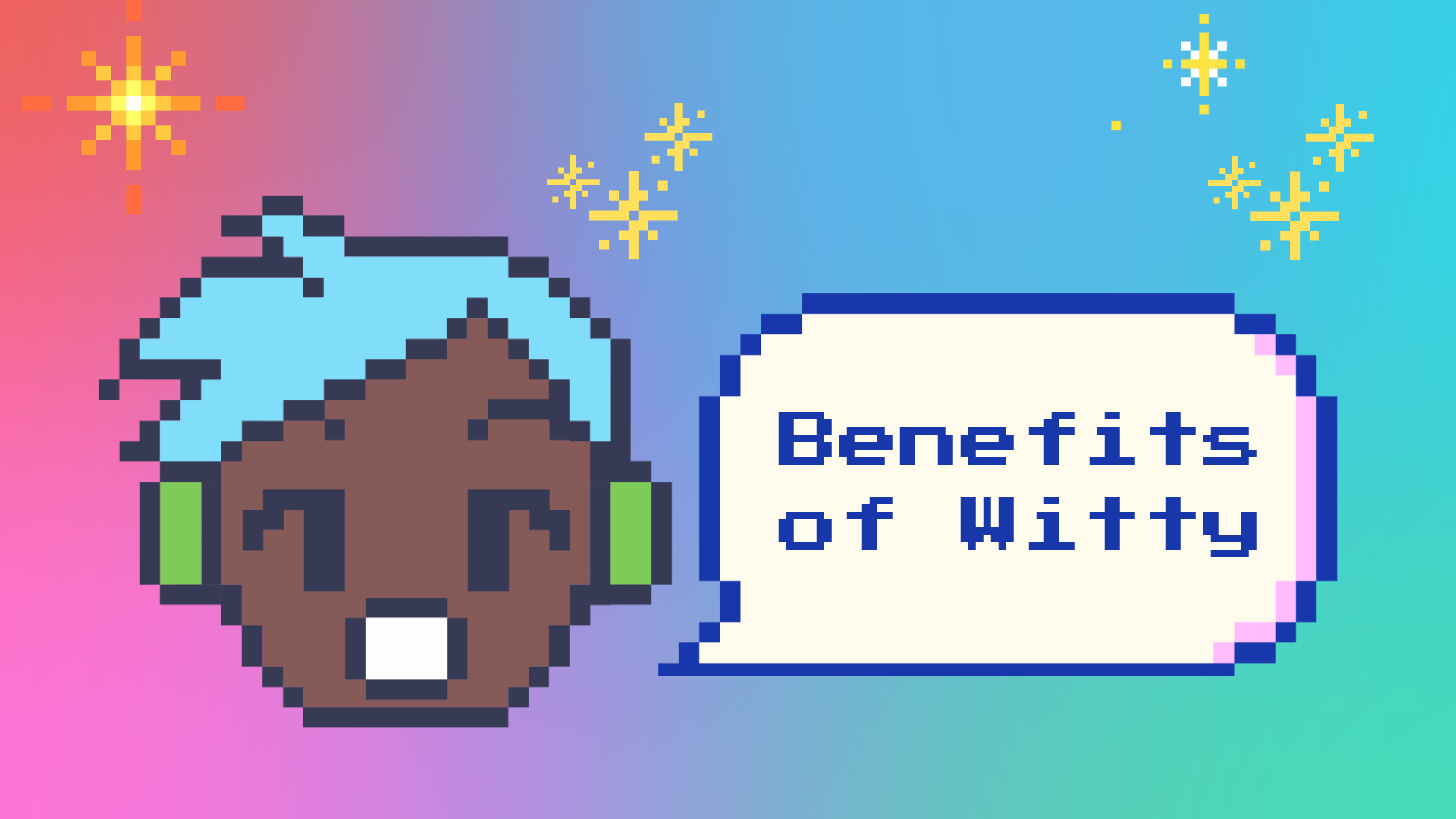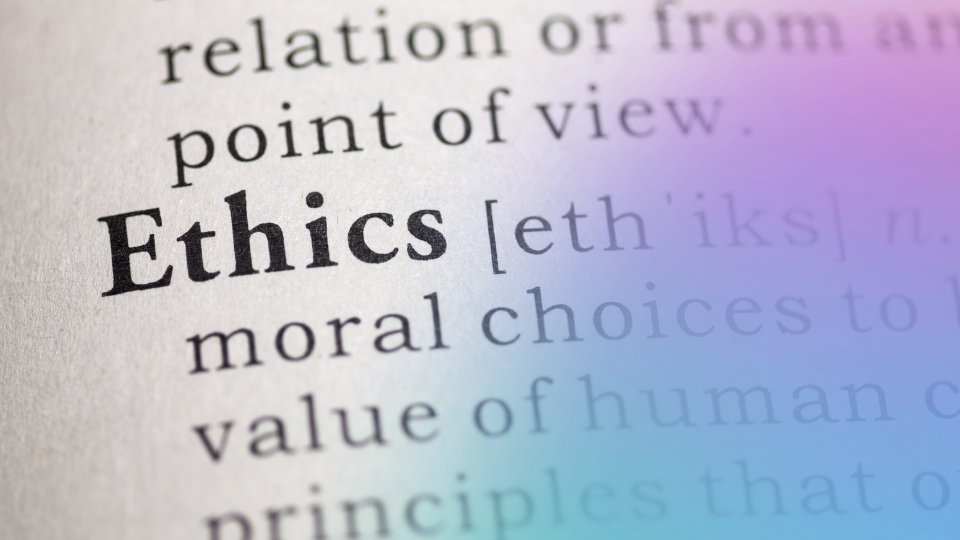When writing, whether professionally or personally,
have you ever asked yourself if you are really
addressing the full diversity of your target
audience? Are you making sure your language is
tapping into that economic and social potential?
With
recent social movements and a more conscious look at
our population, many people and businesses have
become aware that our social and business world is
indeed very diverse. For many companies, investing
in diversity and inclusion has become a business
imperative. Every work environment must take into
account many different dimensions of diversity -
ethnic backgrounds, skin color, gender, gender
identity, sexual orientation, physical and mental
abilities, age, socioeconomic differences, religious
beliefs, education, culture, and more.
How
we deal with these different dimensions of diversity
is commercially relevant for any company. Our
customers are not a homogeneous group and respond to
marketing messages very differently depending on the
diversity dimension. And our existing or potential
workforce has different needs depending on their
background.
So how do we deal with these
complexities as a company? Or as individuals in our
business relationships?
Many companies
conduct training on diversity or unconscious bias.
Unfortunately, science has found (1) that such
trainings often have no effect. Sometimes they are
even counterproductive because people are pushed
into a defensive position. Others use the issue as a
political battleground, making learning
impossible.
People who dare to draw
attention to a more conscious approach to a
particular diversity dimension have to expose
themselves. This can even be detrimental to their
career within the company. Or they may be criticized
by colleagues for their commitment.
Therefore,
neither training nor individual measures seem to be
a good strategy when a company needs to ensure that
the dimensions of diversity are taken into account.
Language is what matters
One tool we use every day is
language.
Language expresses our ideas about life. We use
language to describe the world around us, our
feelings and our goals.
Words trigger
images in our mind's eye. These images are then
associated with our own experiences or patterns in
life. So it makes a difference which words we use,
because they have the power to trigger certain
images. This also means that language plays an
active role in shaping our views. It is not a mere
symptom of our environment, but it shapes reality.
Language is not neutral. (If you want to read more
about unconscious bias and bias in language, read
our
blog post.)
Here's a little riddle so you can experience for
yourself how words can trigger images and lead you
in the wrong direction:
Read this
story.
A father and son are driving
together in a car and have a ghastly car accident.
The father is killed instantly. The son is rushed
to the hospital and immediately taken to the
operating room. The nurse takes a quick look at
him and says that a specialist should be
consulted. The person in question comes in, sees
the young man on the operating table, and says, "I
can't operate on him, he's my son."
Who
says this last sentence? (Find the answer at the
end of this blog post).
Science has found (2) that the language we use today
unfortunately still contains many stereotypes from
days long gone.
In our business communication, we still transport
- mostly unintentionally - very old
stereotypes
in which slavery was still acceptable, women did not
belong in public spaces, and people with physical
disabilities were constantly insulted.
But
that's a big difference from today's world. We want
to communicate in a way that speaks to and engages
people from diverse backgrounds.
We want to speak a language that fits a diverse
and inclusive world. But our own language, based
on unconscious biases, plays tricks on us without
us realizing it. Both as individuals and as
organizations, we remain trapped in the
past.
Inclusive language as a solution
If we care about that, we need to care about our
language use.
Take the Inuit, for
example. They have many words for different kinds of
snow because snow has such a big impact on their
lives. For them, it's important to call the
different types of snow by specific names. They
expanded their vocabulary because they cared about
something.
We should do the same. We should make our
language inclusive - showing that we care about
the people we now want to include.
And that solution is called
inclusive language - a more consciously chosen
language that can appeal to everyone. Wikipedia defines inclusive language this way:
"Inclusive
language aims to avoid offense and fulfill the
ideals of egalitarianism by avoiding
expressions that express or imply ideas that are
sexist, racist, or otherwise biased, prejudiced, or
denigrating to any particular group of people (and
sometimes animals as well). (...) Its supporters
argue that language is often used to perpetuate and
spread prejudice and that creating intention around
using inclusive language can help create more
productive, safe, and profitable organizations and
societies." (3)
If we care about that, we need to take care of our language use.
What is inclusive language?
The first thing to note from Wikipedia's
definition is: Inclusive language is about much
more than gender-inclusive language (and also much
more than just the gender asterisk or colon in
German).
While we like Wikipedia's
definition, with Witty we go further. Our
definition is:
“Inclusive Language avoids wordings that express stereotypes, bias and any form of open or hidden discrimination with regard to any diversity dimension. Special care is taken to address and include everyone, regardless of their background. By using Inclusive Language, we have the goal to make everyone feel that they belong.”
-
Addressing everyone.
Many expressions we use to address someone or a
group are actually often not inclusive. And
unconsciously, these expressions have an impact.
Examples:
- Some denominations traditionally belong to "men's world." Behind such words, our brain usually triggers images of men. Like "doctor", "specialist", "user" (4). As these images pop up - unconsciously - in our minds, women or non-binary people cannot see themselves in these roles and unconsciously feel excluded because of the stereotype threat (5).
- When we address a target audience in a mailing as "Ladies and Gentlemen," we are not being inclusive of people who are non-binary (people whose gender identity does not match the binary view of "man"/"woman").
- Titles too express an in-group or out-group feeling. If you emphasize the title "professor" every time you talk about that person at an event, it looks like a clear hierarchical sign to someone who is not a professor.
- Include everyone. We must be careful to use language that allows everyone to feel represented and included. So we need to know what words or word combinations deter people from diverse backgrounds. And we need to know what language to use that appeals to all people from diverse backgrounds. So it's up to us to find that vocabulary in terms of all dimensions of diversity: Ethnic background, skin color, gender, sexual identity, sexual orientation, physical and mental abilities, age, socioeconomic differences, religious beliefs, education, culture, and many other dimensions.
- Creating a sense of belonging. Language has the power to create belonging. But it only does so when texts are written with emotionality, closeness, authenticity and at eye level. All of these characteristics of a text ensure that people of all backgrounds feel respectfully addressed and that the human side is in the foreground. In short, when these characteristics are present in a text, it becomes clear that everyone can belong.
Example of non-inclusive vs. inclusive language:
Non-inclusive:
As an independent project manager, you
will perform challenging tasks and,
together with your
equally ambitious colleagues, you will
single-mindedly achieve new top
performances.
Inclusive:
In project management, you take
care of complex tasks, assume responsibility
and support a committed team. Together
you will reliably achieve
the common goals.
Examples of inclusive language
If you want to go more in depth, read our blog post 10 Examples of Inclusive and Non-Inclusive language.
Why should I care?
We often observe that communication in business
expresses cold, formal, marketing blah-blah and a
top-down perspective. Or it neglects large groups of
people from diverse backgrounds in the way they are
addressed.
Of course, you might ask: Why
should I care?
In a business context,
diversity and inclusion are extremely important.
They lead to more innovation and higher economic
performance (6). Moreover, it is an ethical
principle: including everyone in the discourse and
respecting their background is simply the right
thing to do in today's world where everyone has a
right to their place. Each individual brings
valuable, economically relevant perspectives to the
table.

If you don't care, there is an economic
cost to your business:
- You will lose potential customers if a marketing campaign does not appeal to everyone.
- If you ignore your language in internal communications, you could lose employees' loyalty. If this happens several times, they will leave the company.
- If you use cold or artificial language on your careers page, your employer brand will not be attractive to many potential talents.
But that's not all. In some countries, companies
risk being sued if they don't comply with diversity
laws. Or there's always the risk that an employee's
tweet or LinkedIn message, while legally
unproblematic, can destroy a brand's reputation or
employer branding in a second.
And:
Diversity and inclusion is a smart strategy because
it promotes team innovation and productivity.
Inclusive Language: Handbook To Make It Work at Your Organization
In this blogpost, we explain in 7 steps how to create an Inclusive Language Guide to promote a more inclusive workplace (plus a ready-to-use Template for 2023).
Summary
Inclusive language is a business imperative in diverse environments where an inclusive culture needs to be built. Inclusive language lets you speak to everyone, include them in the dialogue, and ensure a sense of belonging. There is an economic cost for companies not to do this. That's why inclusive language is a smart choice for any business.
---
Inclusive Language for marketing, C-level communication and HR
Want to know how Witty can help you ? Check out our uses cases:
Witty for Marketing and Communications, Witty for C-Level Communication and Witty for HR & People & Culture.
If you are looking for a digital writing assistant for inclusive language, try out Witty for free. Witty detects non-inclusive language and provides ongoing training on unconscious bias and operationalizes inclusion.
Sources:
(1) Iris Bohnet, “What works - Gender Equality by Design”, page 49 - 54
(2) https://www.witty.works/de/blog/geschlechtsspezifische-formulierungen-in-stellenanzeigen-das-sagt-die-wissenschaft, https://www.sciencedirect.com/science/article/pii/S0749597818301092?via%3Dihub and Wenn die Künstliche Intelligenz denkt, dass er die Vernunft und sie das Gefühl hat
(3) https://en.wikipedia.org/wiki/Inclusive_language
(4) Caroline Criado Perez, “Invisible Women : Exposing Data Bias in a World Designed for Men”, Seite 9
(5) https://en.wikipedia.org/wiki/Stereotype_threat
(6) https://www.bcg.com/publications/2018/how-diverse-leadership-teams-boost-innovation and https://www.ilo.org/wcmsp5/groups/public/---dgreports/---dcomm/---publ/documents/publication/wcms_700953.pdf
Solution to the riddle
Most likely: the mother. Also possible, but (still) less likely: the second father of a male homosexual couple. Did you guess it? How long did it take you to do so? What did you stumble upon?


.png)



